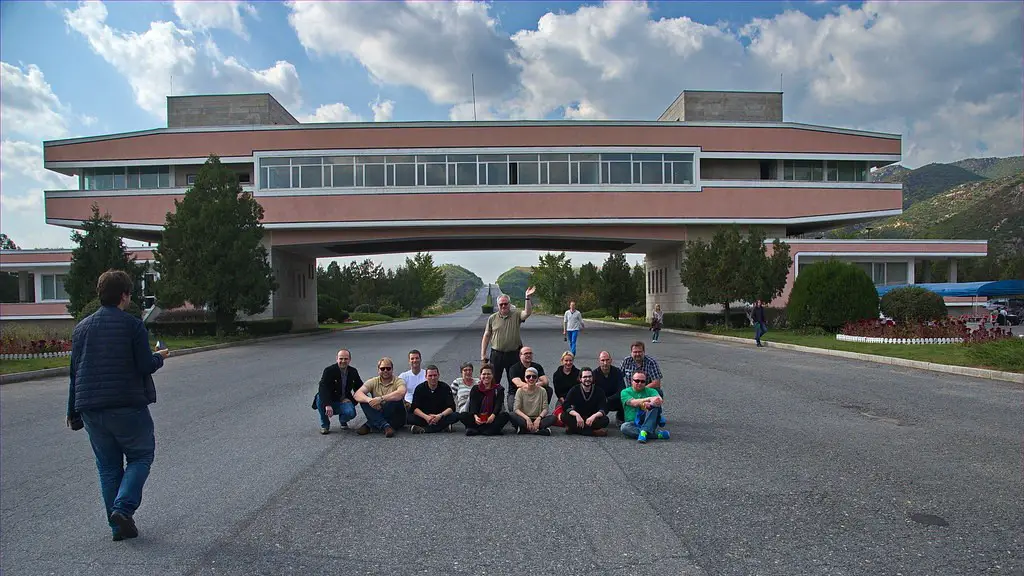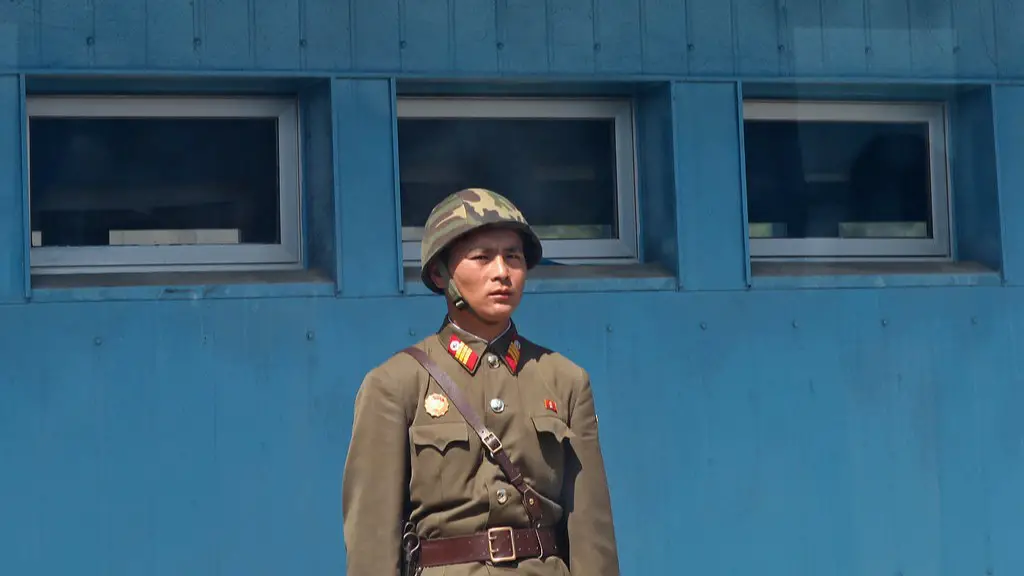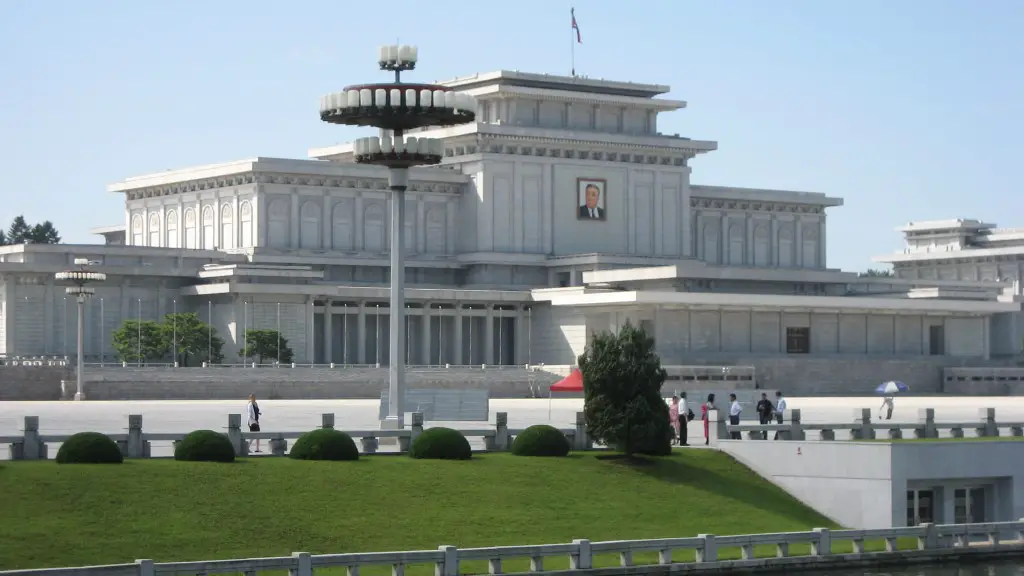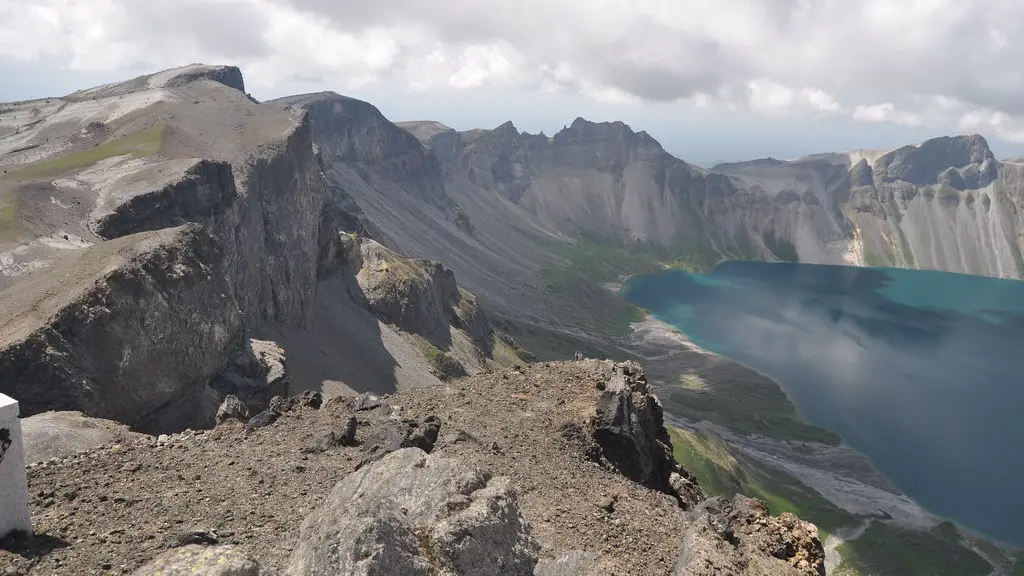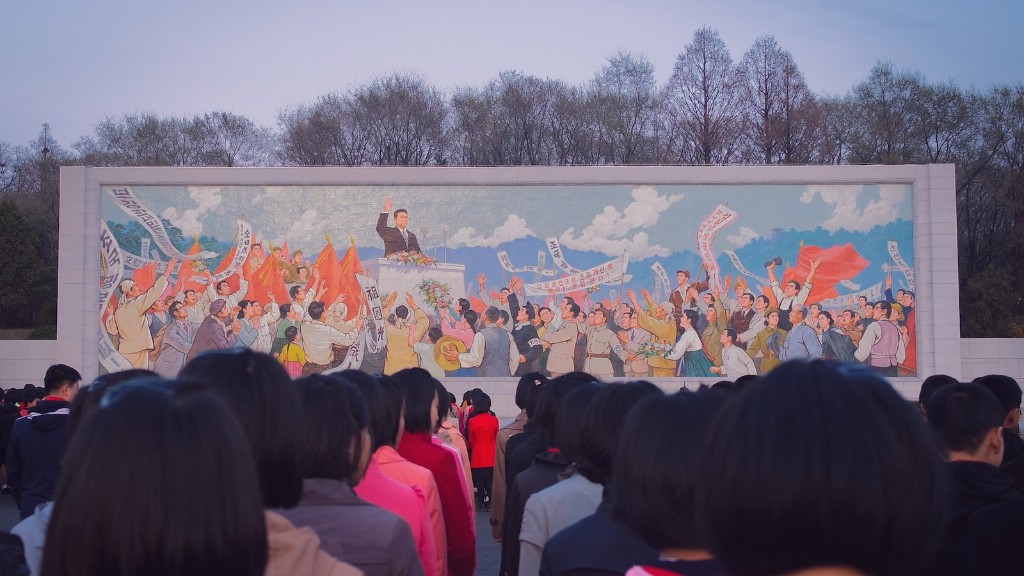In recent years, North Korea has made significant progress in its nuclear weapons program. It is now believed to have a sizeable arsenal of nuclear weapons and the means to deliver them. Estimates of how many nuclear weapons North Korea has vary, but it is generally agreed that they have at least a few dozen, and possibly as many as a hundred.
At present, it is estimated that North Korea has between 10 and 20 nuclear weapons.
How strong are North Korea’s nukes?
North Korea has several nuclear weapons, with the last one being tested in 2017. The explosion at its Punggye-ri test site had a force, or “yield”, of between 100-370 kilotons. This makes it six times more powerful than the one the US dropped on Hiroshima in 1945.
North Korea is continuing to develop its intercontinental ballistic missile (ICBM) program and is making progress in extending the range of its missiles. Missile experts estimate that the North Korean ICBM could already have a range of 8,100 miles, which would put the US mainland within range of a North Korean launch. In January 2021, North Korean leader Kim Jong-un outlined a goal of extending the flight range of the North Korean ICBM to about 9,300 miles. This would allow North Korea to target any location within the United States. The US government is monitoring the situation closely and is working to ensure that North Korea does not pose a threat to the US or its allies.
Does North Korea have nuclear bombs
North Korea has so far performed six underground nuclear test explosions to manufacture warheads that it can place on missiles. Outside estimates of the number of North Korean nuclear warheads vary widely, ranging from 20-60 to up to about 115. North Korea’s nuclear arsenal is a major concern for the international community, as it poses a serious threat to regional and global security.
North Korea has conducted six nuclear tests since 2006, with each successive test producing an underground blast of increasing magnitude and estimated yield. These tests have demonstrated the country’s continued progress in developing nuclear weapons capabilities, despite international condemnation and sanctions. The most recent test, conducted in September 2017, is estimated to have had a yield of around 100 kilotons, making it the most powerful nuclear device North Korea has detonated to date. While North Korea has not yet developed a nuclear weapon that can be delivered via intercontinental ballistic missile, it is clear that the country is making significant strides in this area. The international community must continue to put pressure on North Korea to halt its nuclear weapons program, before it is too late.
Does Japan have nukes?
Although Japan does not have any programs for developing weapons of mass destruction (WMD), it is the only non-nuclear weapon state in the world that has a full nuclear fuel cycle and has advanced industries that are relevant to WMD development. This raises concerns that Japan could potentially develop a WMD capability in the future if it decided to do so.
The Japanese government has considered developing nuclear weapons in the past, but decided that this would make Japan less secure. Japanese opinion polls consistently express strong public opposition to nuclear weapons, and so do their elected representatives.
Where would a nuke likely hit the US?
If a nuclear attack were to occur on US soil, the city that would be targeted would most likely be one of six: New York, Chicago, Houston, Los Angeles, San Francisco, or Washington, DC. However, a public-health expert has stated that any of those cities would have difficulty providing emergency services to the wounded. This is due to the fact that a nuclear attack would cause a large amount of damage and destruction, making it difficult for emergency services to reach those who need help.
Radiation poisoning can be extremely harmful and even fatal. Nuclear fallout can cause radiation poisoning, which damages the body’s cells. Wellerstein estimated that between 50% and 90% of people within this radius could die from the acute effects of radiation. This is a serious issue that should be considered when there is a risk of nuclear fallout.
How long would it take for a nuke to hit the US
Maintaining the option of launching weapons on warning of an attack leads to rushed decision making. In the event of a false alarm, or an attack with little warning, this could lead to disastrous consequences.
The United States possesses a number of ground-based interceptors (GBI) that are designed to shoot down incoming ICBMs. These interceptors are located at Fort Greely in Alaska and Vandenberg Air Force Base in California. In addition, the United States has Aegis Ballistic Missile Defense System warships stationed in the Pacific Ocean that are equipped with Standard Missile 3 (SM-3) interceptors. These ship-based interceptors have successfully shot down test ICBMs in the past.
So yes, it is possible to shoot down a nuclear missile, but it is by no means a 100% foolproof method of defense. There are a number of variables that can impact the success of such an intercept, such as the altitude and trajectory of the incoming missile, the weather conditions, and the readiness of the interceptors.
Who gave North Korea nukes?
This is a very serious accusation against Pakistan’s Prime Minister Benazir Bhutto. If true, it would mean that she was willing to trade sensitive nuclear information for missile technology. This would be a major blow to the non-proliferation regime and would damage Pakistan’s relations with the international community. Bhutto must be held accountable if these allegations are true.
An air blast from a 1 KT detonation could kill up to 50% of people within a range of 300 yards, due to flying glass shards. The range increases to 03 miles for a 10 KT detonation, as the blast gets hotter and more destructive. Within this range, most people would be killed instantly or suffer severe injuries. Some people farther away might only be lightly injured.
Does US keep nukes in South Korea
It is interesting to note that, although the United States withdrew all of its nuclear weapons from the Korean Peninsula in 1991, seventy-one percent of South Koreans now support the return of nuclear weapons to their country—even if it means developing their own. There are a number of reasons why South Koreans may be feeling this way, including the increasing nuclear threats from North Korea and other countries in the region. South Korea is also a signatory of the Nuclear Non-Proliferation Treaty (NPT), which requires non-nuclear-weapon states to refrain from acquiring nuclear weapons. However, some experts have suggested that South Korea could withdraw from the NPT in order to develop its own nuclear weapons. This is a complex and sensitive issue, and it will be interesting to see how it develops in the coming years.
It is estimated that China has approximately 1,100 short-range ballistic missiles, although it does not have the warhead capacity to equip them all with nuclear weapons. In 2022, the Federation of American Scientists estimated China’s military stockpile of nuclear warheads at 350.
How strong is North Korea’s military?
The nation of North Korea is considered to be part of the “Axis of Evil” by the United States, and has been subjected to sanctions and international pressure as a result. However, the nation has managed to hold its own and maintain a relatively high level of power and influence in the world. For 2023, North Korea is ranked 34 out of 145 countries considered for the annual GFP review. The nation holds a PwrIndx* score of 05118, which is a decent score considering the pressure it is under. This entry was last reviewed on 01/09/2023.
Germany is one of five NATO members that host US nuclear weapons on its territory as part of a nuclear-sharing agreement. The German air force is assigned approximately 10–15 B61 nuclear bombs, which are deployed at Büchel Air Base. These nuclear weapons are intended to be used only in the event of a nuclear attack on NATO.
Does Canada have nukes
Canada does not have nuclear, chemical, or biological weapons or relevant delivery systems, and is a member in good standing of all relevant nonproliferation treaties and regimes. This means that Canada is not a proliferation risk and is committed to preventing the spread of these weapons.
Mexico has taken an important step in accordance with the Treaty on the Prohibition of Nuclear Weapons (TPNW) by declaring that it does not own, possess, or control nuclear weapons, has never done so, and does not host any other state’s nuclear weapons on its territory. This is a positive step towards the goal of a world without nuclear weapons, and we hope that other states will follow suit in making similar declarations.
Final Words
Six to twenty nuclear weapons, according to United States intelligence agencies.
The Korean Peninsula is one of the most nuclearized regions in the world. Sixteen thousand U.S. troops are stationed in South Korea, and 28,500 in Japan. North Korea is estimated to have enough fissile material for approximately 10 nuclear weapons.
